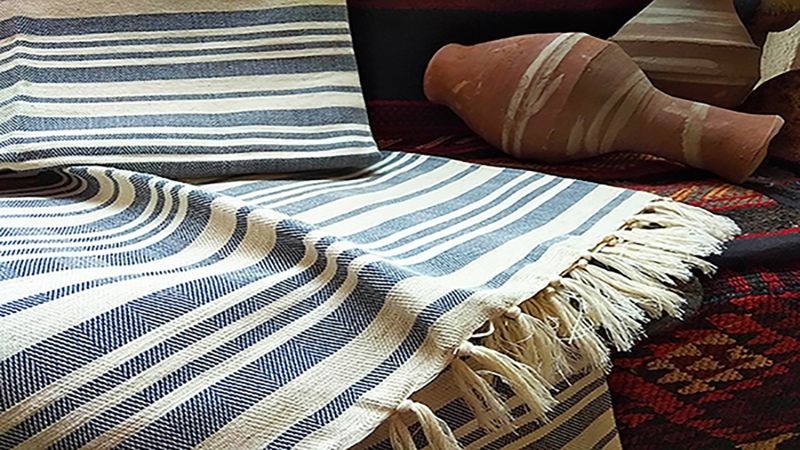

The ancient Egyptian Akhmim textiles are some of the most beautiful and intricate fabrics in the world. For centuries, the craft of hand weaving them has been passed down from generation to generation in Akhmim, Egypt. The Akhmim weaving tradition is still alive and thriving in the modern era, with many talented artisans creating stunning pieces of fabric that are treasured by collectors and textile enthusiasts alike.
The Akhmim textile industry dates back to the Predynastic Period in Egypt (c. 6000-c. 3150 BCE) and continued through the height of the Pharaonic Era (c. 3150-1069 BCE) when the town was known as 'Khemenu', or 'The Black City', after the dark limestone used in its construction. The city was an important center of textile production, particularly of linen and, later, woollen cloth, and the artisans who worked there were highly respected for the quality of their products.
Akhmim textiles were among the most fine and delicate ever produced in ancient Egypt and were highly prized by the elites of society. They were used as clothing, curtains, sashes, towels, and Shrouds of the Dead (among other things) and were often gifts given to high-ranking officials and nobles by the Pharaoh himself. The industry continued to prosper after Akhmim's decline as a political center in the Late Period (664-332 BCE) and continued into the Roman Period (30 BCE - 640 CE)
There are many options with regard to Akhmin products that one can buy as gifts . scarfs are made from pure silk or Egyptian cotton and are very popular for their exceptional quality. They are also well known for their distinctive patterns which vary depending on the season.
Akhmim silk is another product that is produced by Nomad Gallery. It is made with 100% mulberry silk yarns which give it a soft texture and make it resistant to wrinkles and creases. The products are high quality and handwoven.